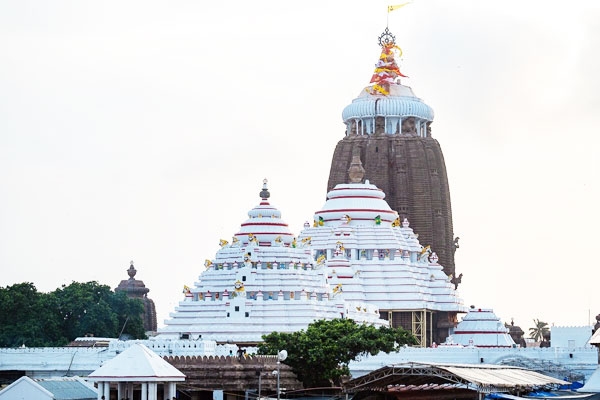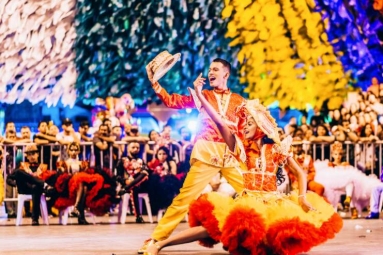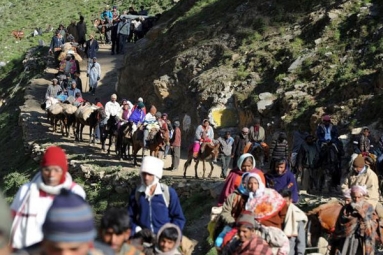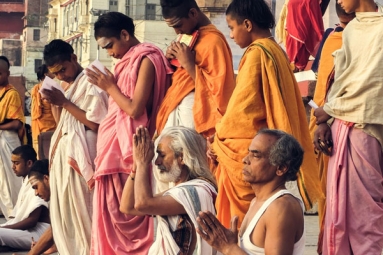
(Image source from: x.com/SJTA_Puri)
The Jagannath Temple is a revered Hindu pilgrimage site, one of the four Char Dhams. This temple honors Lord Jagannath, his brother Lord Balabhadra, and his sister Devi Subhadra. Among the Hindu deities, Lord Jagannath is seen as non-sectarian, worshipped by Hindus, Buddhists, and Jains alike. The lively Ratha Yatra festival is celebrated here, where the three deities are taken in chariots by volunteers to the Gundicha Temple, five kilometers away. This temple in Odisha has greatly influenced the region's history, religious beliefs, and cultural heritage. Throughout the centuries, the temple has faced invasions and plunderings, but it has been rebuilt multiple times. The temple was constructed in the 12th century by King Anantavarman Chodaganga Deva, a ruler of the Eastern Ganga Dynasty, who played a pivotal role in establishing and expanding this sacred site. The Jagannath Temple exemplifies the Kalinga architectural style, situated on a high plinth and surrounded by inner and outer enclosures.
The temple complex boasts a remarkable architectural design, with the Garbagriha, Jagamohana, Nata Mandapa, and Bhoga Mandapa showcasing the Rekha and Pidha styles. The Vimana, built in the Nagara-style Rekha deula, is topped with a curvilinear Shikhar tower adorned with the Nilachakra, the eight-spoked celestial wheel of Vishnu. The Jagamohana, on the other hand, follows the Pidha deula style. The temple's walls, the Kuruma Bheda (Inner wall) and the Meghnad Pachira (Wall), enclose the entire complex. The main entrance is through the Singhadwara on the Eastern front, with three additional entrances along the cardinal directions. Interestingly, the temple's design ensures that no shadow is cast on the ground at any time of the day. The Nilachakra atop the temple is made of eight metals, and the Patitapabana flag flows in the opposite direction of the wind, being changed daily at sunset by a daring 165-meter ascent without any support. The Puri Jagannath Temple is famous for its elaborate rituals, festivals and celebrations, especially the Ratha Yatra or Chariot Festival, which attracts millions of people from all over the world. As part of the festival, people move 45.6 feet tall divine chariots through the streets of Puri. Pulling a chariot or watching a procession has pious and spiritual benefits. Another festival, the Sana Yatra, during which the deities take a public bath, perform bi-weekly retreat rites, and change clothes daily, presents vibrant and unique worship practices.







